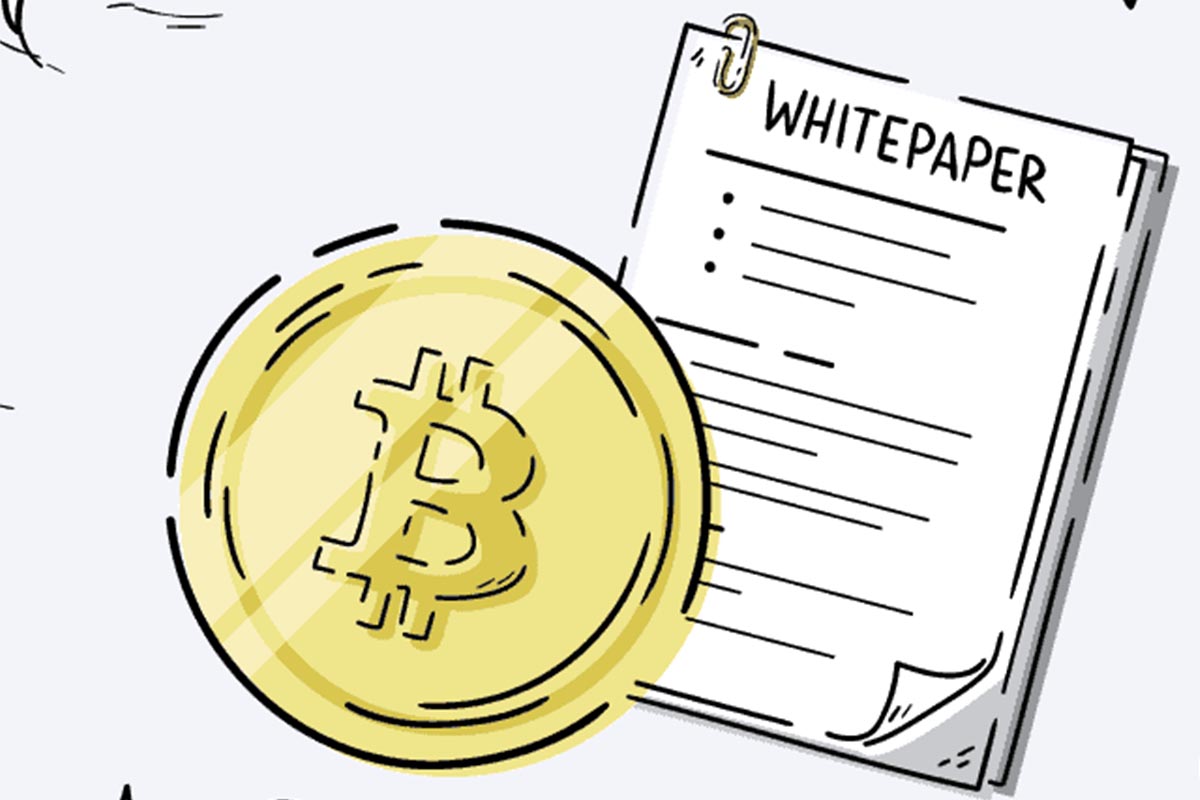In the ever-changing landscape of Bitcoin, recent metrics indicate a significant shift in the dynamics of onchain transactions. The total number of transactions still awaiting approval has dipped below 300,000. This comes in tandem with a remarkable decrease in onchain fees over the preceding seven days. Specifically, since July 29, the average cost associated with onchain transactions has now descended to under $1. By July 31, 2023, this fee was precisely 0.000026 BTC or $0.778 for each transaction.
Insights from bitinfocharts.com on July 31, 2023, underscore this trend, showing that the Bitcoin blockchain’s average onchain fee is now less than $1 for every transaction. The data from that Monday suggests that each transaction incurs an average fee of 0.000026 BTC or $0.778, while the median fee stands at 0.0000085 BTC or $0.251.
Comparing this to July 27 data, when the average onchain fee was recorded at $1.482, there’s been a substantial drop of 47.5%. Similarly, the median fees for transactions on the Bitcoin blockchain have seen a reduction of 57.88% since then.
Another intriguing data point from that Monday reveals that the total number of transactions still in the queue for confirmation was exactly 291,721, as of 8:08 a.m. Eastern Time. Furthermore, metrics from mempool.space reflected a further drop in fees, pointing to an average of $0.33 per transaction.
To process and confirm the entire pending 291,721 transactions, which amount to approximately 185 megabytes (MB) of data, it would require the mining of around 100 blocks. The block generation time, on average, remains consistent, hovering around the ten-minute mark, though occasionally dipping to an efficient 8 minutes per block.
In parallel to these changes, miners have seen adjustments in the difficulty of mining. There’s been a decrease of 2.94% in mining difficulty, easing the process of discovering new BTC blocks when compared to the periods before reaching block height 800,352. Present-day data, as of that Monday, indicates a steady hashrate performance, pacing at 425.65 exahash per second (EH/s).
Understanding Bitcoin Transaction Fees
Bitcoin, often referred to as digital gold, operates on a decentralized network where miners validate and confirm transactions. For this work, miners are compensated with transaction fees. These fees, while pivotal for the network’s functionality, have seen fluctuations over the years. In this article, we’ll delve deep into how these fees are determined and discuss the recent downturn in Bitcoin transaction fees.
How Bitcoin Transaction Fees are Calculated
1. The Role of Miners: Bitcoin miners use computational power to solve complex mathematical problems, thus validating and adding transactions to the blockchain. As a reward, they earn newly minted bitcoins and also collect transaction fees from users.
2. Transaction Size, Not Amount: Unlike traditional banking systems where transaction fees might be based on the amount being sent, in the Bitcoin network, the fee is based on the data size of the transaction. Essentially, complex transactions with multiple inputs and outputs will require more bytes and, therefore, a higher fee.
3. Supply and Demand: If there are more transactions waiting in the mempool (the holding area for unconfirmed transactions) than can fit into the next block, miners will prioritize transactions that offer higher fees. Consequently, if you want a transaction to be processed faster, you can increase the fee you’re willing to pay.
4. Wallet Estimations: Many Bitcoin wallets automatically suggest a transaction fee based on current network conditions. While users can adjust this manually, the auto-suggested fee usually ensures a swift transaction confirmation.
Reasons for the Decrease in Bitcoin Transaction Fees
Technological Advancements: Implementation of protocols like the Segregated Witness (SegWit) has allowed more transactions to fit into a block, effectively reducing fees.
Off-chain Solutions and Layer 2 Networks: Solutions such as the Lightning Network allow Bitcoin to process many transactions off the main blockchain. As more transactions are taken off-chain, the demand on the main chain reduces, leading to lower fees.
Periods of Less Network Congestion: Bitcoin transaction fees often correlate with network activity. If fewer transactions are waiting in the mempool, the average fee will decrease.
Mining Difficulty Adjustments: Every 2,016 blocks, Bitcoin adjusts its mining difficulty. If blocks are being mined too quickly, the difficulty increases; if too slowly, it decreases. Reduced difficulty can lead to faster block times and, in turn, lower transaction fees.
Impact of Decreased Bitcoin Transaction Fees
Increased Adoption: One of the criticisms of Bitcoin has been high transaction fees, especially during peak times. Lower fees can make Bitcoin more appealing for both daily transactions and new adopters.
Improved Public Perception: High fees had previously deterred some potential users. With reduced fees, the narrative might shift, portraying Bitcoin as a more efficient and affordable transfer method.
Short-term Reduced Incentive for Miners: While decreased fees might benefit users, they also mean reduced earnings for miners. However, as long as the block rewards are significant, this is unlikely to deter miners in the short term.
Encourages Further Technological Innovations: Reduced fees might propel further development in the ecosystem, ensuring that Bitcoin remains efficient and affordable in the long run.
Conclusion
Bitcoin transaction fees, while volatile, are a crucial component of the network. They incentivize miners and ensure timely transaction confirmations. Understanding the factors affecting these fees, like network congestion and technological implementations, is key for both seasoned Bitcoin enthusiasts and newcomers. As the Bitcoin ecosystem continues to evolve, it will be interesting to observe how transaction fees adjust and what this means for the future of the world’s first cryptocurrency.




